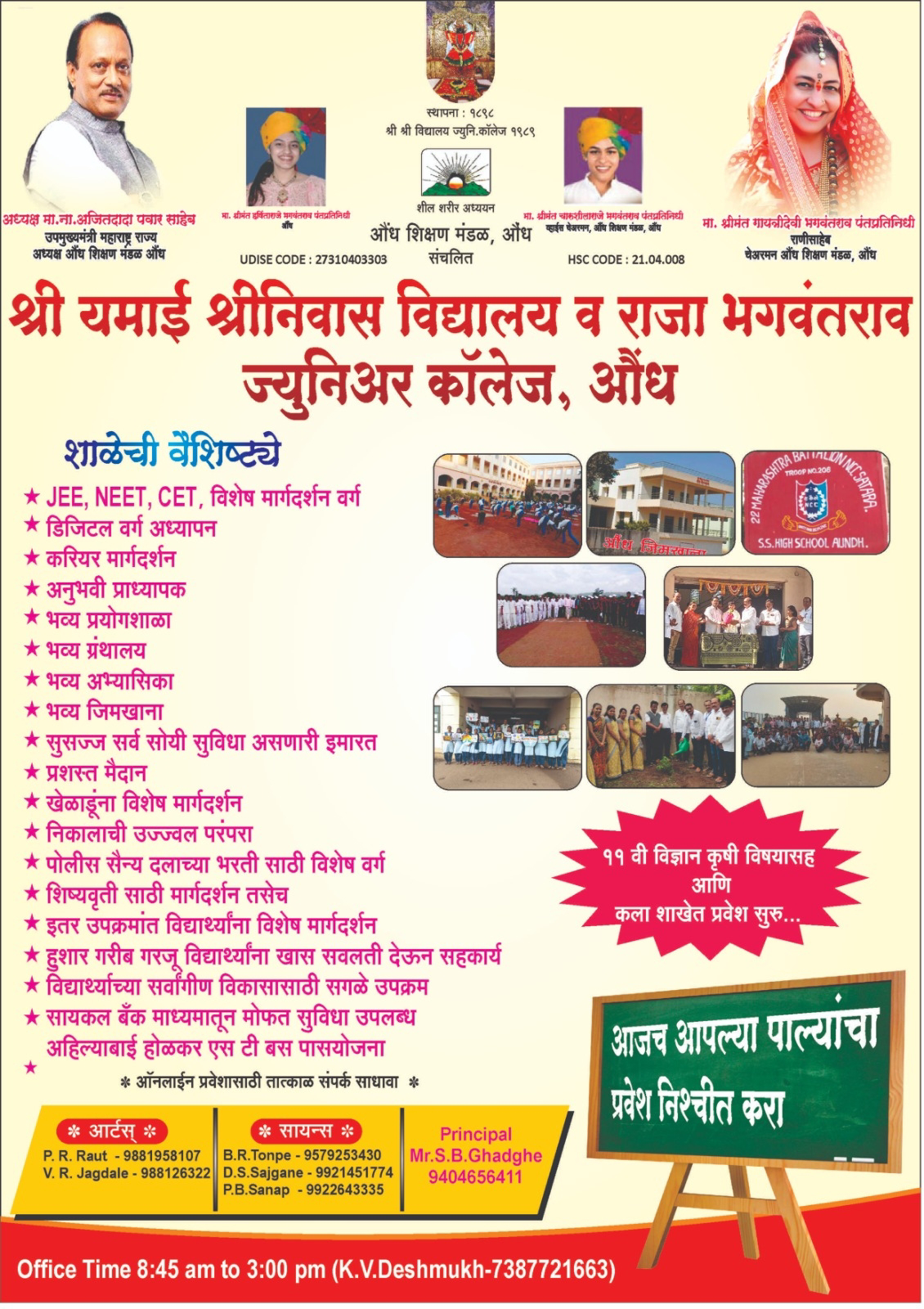Cherry Tree Poem by Ruskin Bond
Table of Contents
Introduction
Line 1-8
Line 9-17
Line 18-24
Line 25-31
Line 32-41
Conclusion
Introduction
The poet Ruskin Bond belongs to India. He considered himself richer having a cherry tree at his door. He felt proud for planting his own tree. The title of the poem is related to the central character i.e., a cherry tree whose journey from planting to upward growth to the blossomed tree is given. The poem deals with the poet’s feeling of great joy over a tree that he planted and took eight years to grow.
The poem talks about nature; thus, it falls under the category of nature poetry. The tone used is optimism which means that the poet focuses on the growing aspect of nature and how the cherry plant struggles to survive. The poem is realistic as it describes the everyday struggle of a plant to mature into a blooming tree.
Line 1-8
Eight years have passed
Since I placed my cherry seed in the grass.
“Must have a tree of my own,” I said,
And watered it once and went to bed
And forgot; but cherries have a way of growing,
Though no one's caring very much or knowing.
And suddenly that summer near the end of May,
I found a tree had come to stay.
The poet says that it has been eight years since he planted a cherry seed in the grass. He did it so that he could have a tree that he could claim but after he watered it once he forgot about it and went to bed. The poet explains that cherries can grow even when they are not being taken care of, they can grow naturally without having to water every day
or take care of it. Suddenly that summer by the end of May the poet notices a tree growing from the place he planted the seed.
Line 9-17
It was very small, five months child,
Lost in the tall grass running wild.
Goats ate the leaves, the grass cutter scythe
Split it apart and a monsoon blight
Shrivelled the slender stem...... Even so,
Next spring I watched three new shoots grow,
The young tree struggle, upward thrust
Its arms in a fresh fierce lust
For light and air and sun.
The tree was very small and almost five months old. The tree was so small that it wasn’t even visible amongst the long grasses. Goats came and ate the leaves of the plant; Grasscutter had split the plant apart and even the monsoon damaged the plant. The thin stem of the plant dried and even then, by the spring the tree managed to survive and the poet saw three new shoots grow. The young cherry tree struggled to grow upward however its branches managed to grow fiercely upwards to get light air and sun.
Line 18-24
I could only wait, as one
Who watched, wandering, while Time and the rain
Made a miracle from green growing pain.......
I went away next year-
Spent a season in Kashmir-
Came back thinner, rather poor,
But richer by a cherry tree at my door.
The poet waited and watched the tree grow while the time passed and it rained, how the tree survived even in pain. The poet goes to Kashmir next year to spend a season and when he came back, he became thinner and rather poor but on the other hand, the tree grew richer at the door. It had grown six feet high; the poet couldn’t believe that it was the same tree that he planted in which dark cherries had grown.
Line 25-31
Six feet high my own dark cherry,
And I could scarcely believe it-a berry.
Ripened and jeweled in the sun,
Hung from a branch-just one!
And next year there were blossoms small
Pink, fragile, quick to fall
At the merest breath, the sleepiest breeze. .....
The tree had become mature and fruits shined like pieces of jewelry in the sun which hung from the branches of the cherry tree. By the next year, the flowers blossomed which were pink in color, fragile and quick to fall even in the slightest movement of breeze.
Line 32-41
I lay on the grass, at ease,
Looking up through leaves at the blue
Blind sky, at the finches as they flew
And flitted through the dappled green.
While bees in an ecstasy drank
Of nectar from each bloom and the sun sank
Swiftly, and the stars turned in the sky,
And moon-moths and singing crickets and l
Yes, I! — praised Night and Stars and tree:
That small, the cherry, grown by me.
The poet lies on the grass to relax and describes nature in full swing that is, the sky, finches, bees, crickets, and the blooming cherry tree. The bees drank the nectar from every flower until the sunset. The stars were visible in the sky and the poet could hear the moon-moths and crickets singing. The poet praised the night and stars and the tree, the tree that he had planted and was grown by him.
Conclusion
The poem gives an underlying message about the tree’s adapting nature and its determination to grow despite all odds. The poet wants to highlight that humans too can overcome all the obstacles that they face in their life and become strong and tough like the cherry tree
